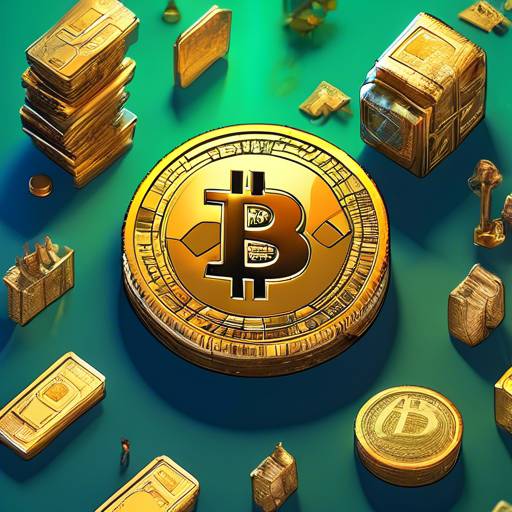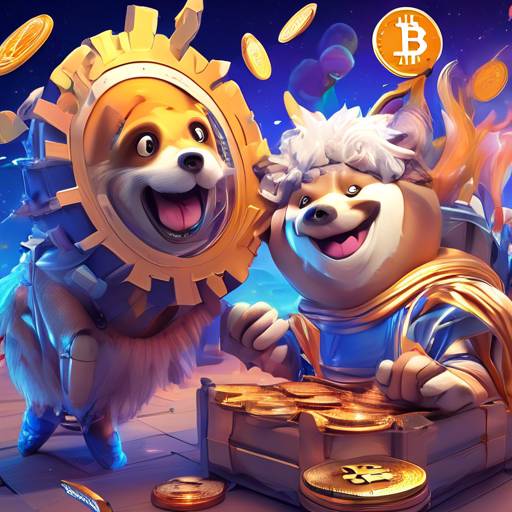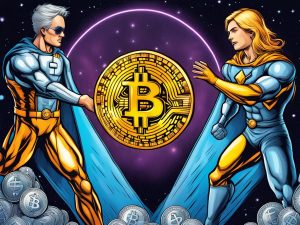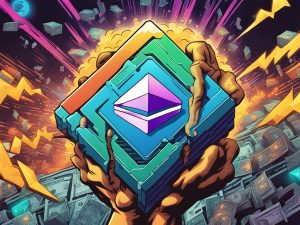Unlocking the Potential of Real-World Asset Tokenization in Crypto
The recent surge in Bitcoin’s price has brought much joy to the crypto market. However, while Bitcoin’s rally is exciting, it is the growth of real-world asset (RWA) tokenization that holds true disruptive potential. This paradigm shift in how we view assets is not limited to blockchain participants alone. Both traditional finance and decentralized finance (defi) can benefit equally from this trend, as a significant portion of the global money supply is expected to be in web3 by 2028 through stablecoins.
Stablecoins, though a primitive version of asset tokenization, are just the beginning. As the market becomes more receptive to different forms of tokenization, we will witness a wave of innovation in defi and the opening of new markets for traditional finance (TradFi).
Boring is Important, Too
Crypto assets have shown us the possibilities of representing value digitally. Tokenized assets offer faster settlements, wider accessibility, and lower transaction costs. The emergence of tokenized treasury bills exemplifies this trend. With a market size of approximately $850 million, TradFi firms like Franklin Templeton and defi projects like Ondo Finance have already made their mark in this space. While some may find these developments boring, they are essential for providing value to various types of investors, including those in more conservative sectors.
Tokenization and its Benefits
Tokenization involves representing value digitally on the blockchain. Many real-world assets can benefit from this process:
- Distribution: Tokenized assets become accessible to more investors through various channels such as centralized exchanges (CEXs), decentralized exchanges (DEXs), traditional brokers, and peer-to-peer exchanges. Fractionalization further enhances accessibility by splitting assets into smaller, more affordable pieces.
- Composability: Tokenized real-world assets can take advantage of defi’s infinite composability. They become building blocks that developers can creatively combine within an open and programmable financial system. This creative potential was previously limited to native crypto assets, but now it extends to real-world assets as well.
As more assets tokenize, improved distribution and composability will lead to the development of new onchain financial instruments and innovative defi protocols backed by real-world assets. The possibilities are endless, and this opens up exciting opportunities for the industry.
What RWAs Could Unlock in the Coming Months
The digitization and reimagination of real-world assets will expand opportunities for both TradFi and defi market participants. Protocols can be developed to create financial possibilities for stocks, bonds, real estate, carbon credits, and more. This will significantly impact financial markets, making assets more liquid, accessible, and programmable for TradFi. In the defi space, it will lead to the availability of new and reliable assets, as well as significant improvements in decentralized applications’ utility.
This transformation towards tokenization represents a step towards a more open and accessible financial system – something the industry has been eagerly awaiting for years.
Hot Take: The Future is Tokenized 🚀
The recent surge in Bitcoin’s price is undoubtedly exciting for crypto enthusiasts. However, it is the growth of real-world asset tokenization that holds true disruptive potential. This shift in how we perceive assets opens up new opportunities for both traditional finance and decentralized finance.
Tokenization offers benefits such as wider accessibility, fractionalization, improved distribution channels, and infinite composability. As more assets tokenize, we can expect the development of new onchain financial instruments and innovative defi protocols backed by real-world assets.
This transformation will bring liquidity, accessibility, and programmability to traditional finance. In the defi space, it will introduce reliable assets and enhance the utility of decentralized applications. The possibilities are endless, and this represents a significant step towards a more open and inclusive financial system.





 By
By
 By
By


 By
By
 By
By